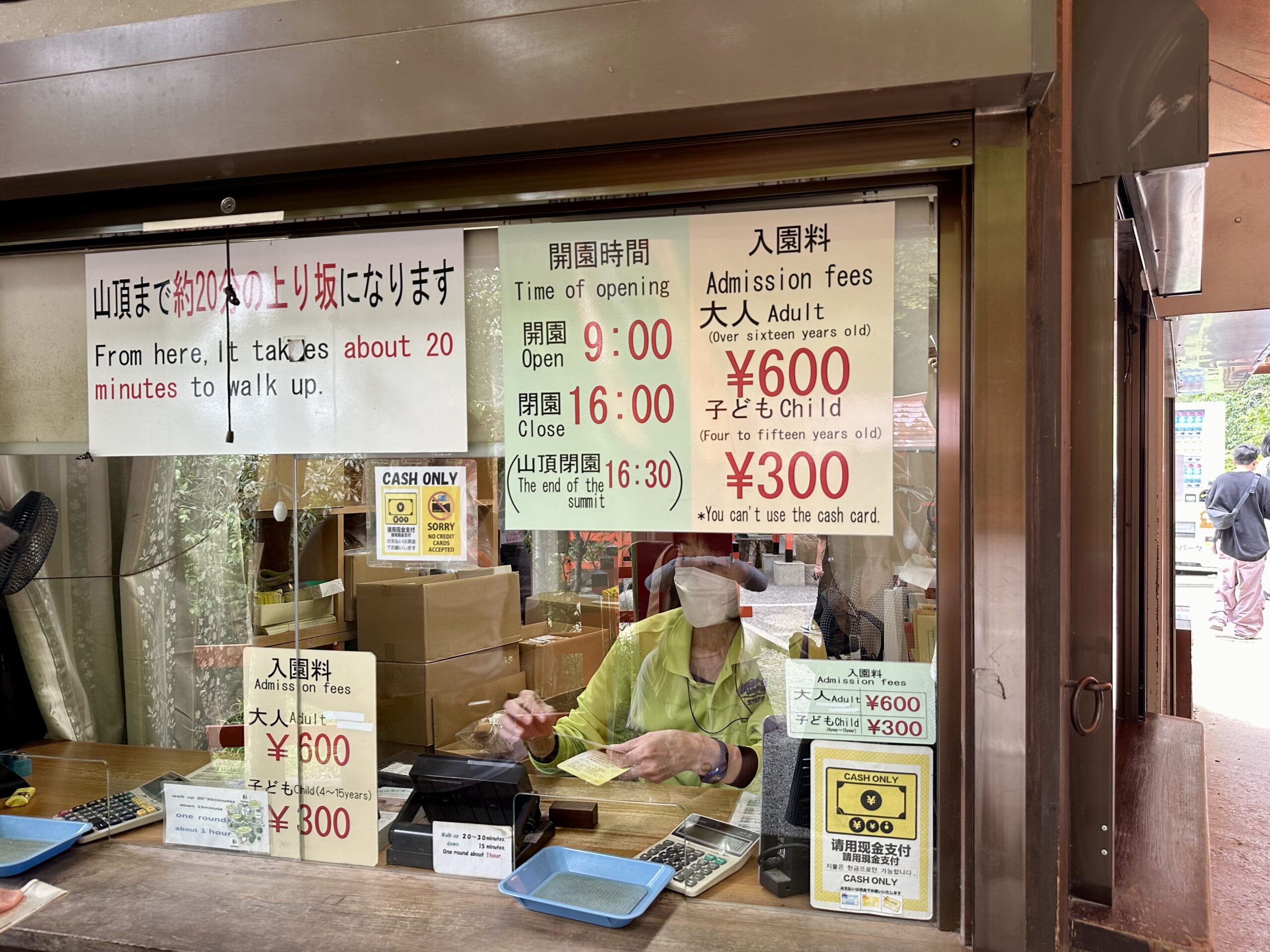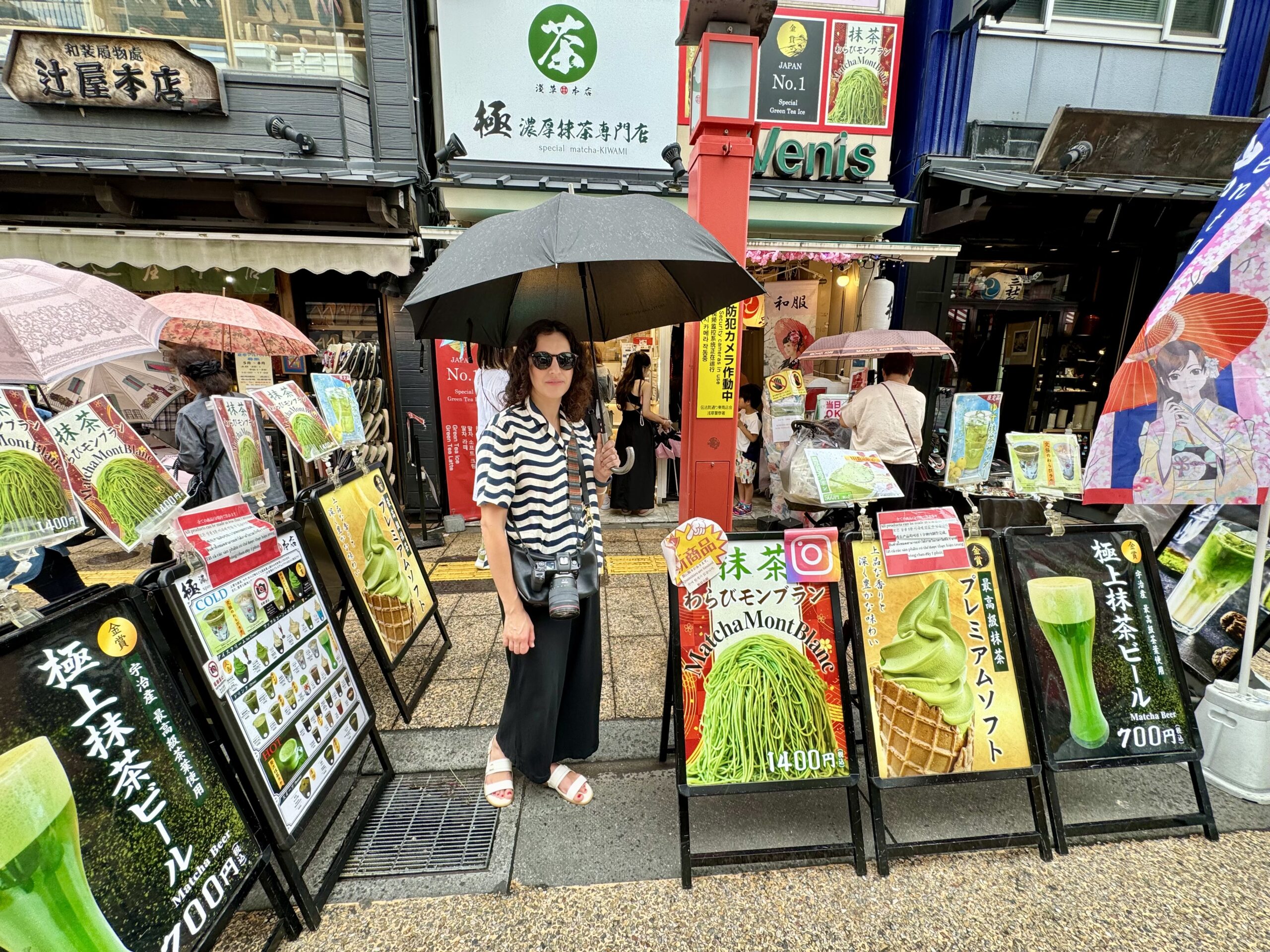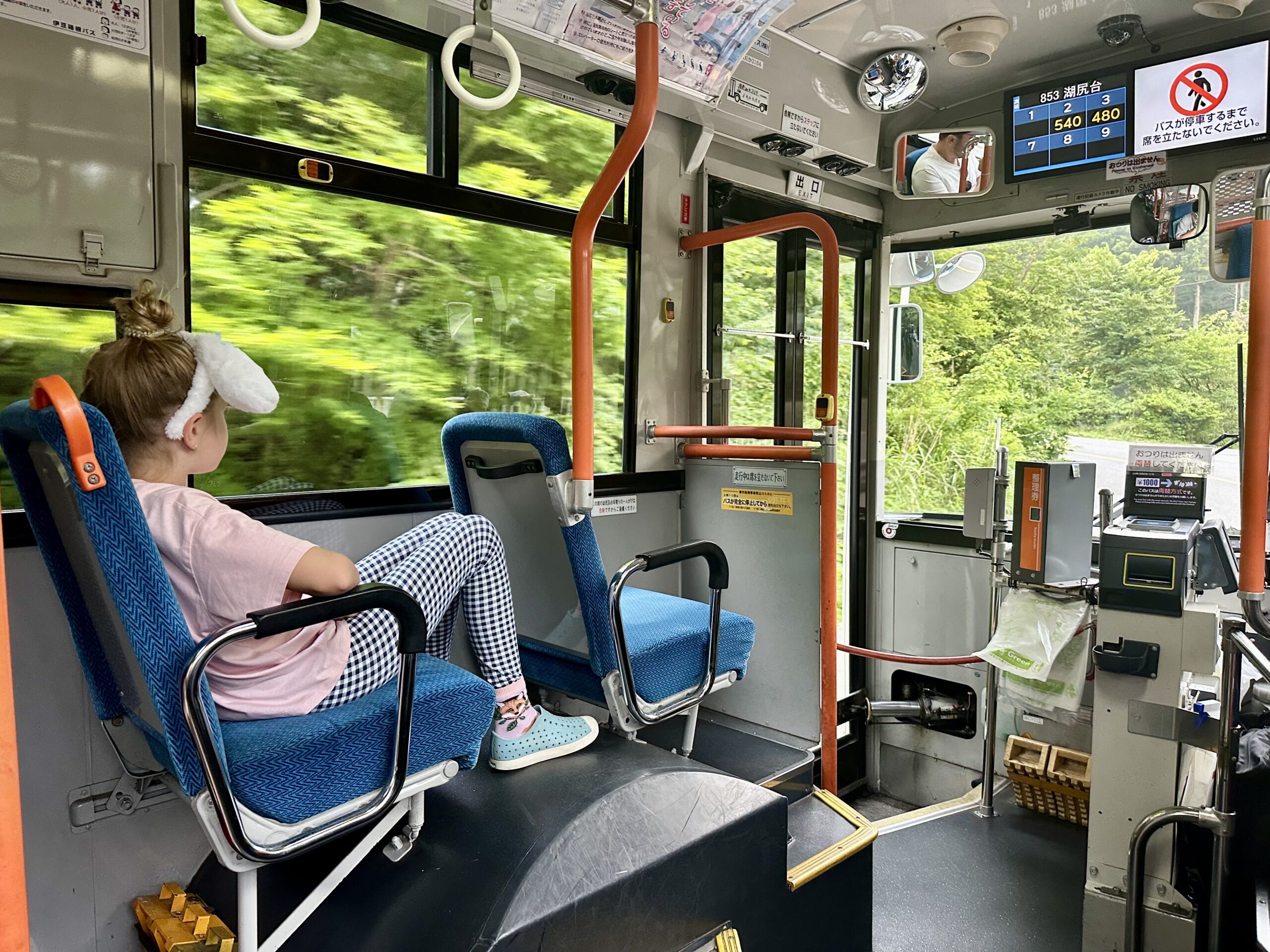
Our family spent 2 weeks in Japan this summer, visiting 4 cities. As first-time visitors, we did a lot of research before the trip and took notes on the spot to share later. Thus, we created a comprehensive Japan travel guide covering 10 essential things to know before you visit Japan.
From navigating Japan’s cash-based economy to mastering local etiquette, these Japan travel tips will help you avoid culture shock and make the most of your journey. Whether you’re wondering about the best time to visit Japan or seeking advice on Japan transportation, this guide has you covered. Read on to discover the Japan travel essentials every first-time visitor should know.
Affiliate Disclosure: Some of the links in this post may be affiliate links, which means I may earn a commission if you click through and make a purchase, at no additional cost to you. I only recommend products and services I use and love. As always, all opinions are my own.
Using Cash vs. Cards in Japan: what travelers need to know
Despite Japan’s technological advancements, cash remains the preferred payment method in many establishments in Japan. Many small shops, local restaurants, and traditional ryokans only accept cash, especially in the Kyoto area.

💡 Good to know
In Japan, it is not customary to tip at restaurants.
Our experience: We encountered several situations where credit cards were not accepted, including at local shrines, temples, and smaller restaurants.
Tip: Exchange currency before departure and plan to withdraw yen from ATMs in Japan.
How to manage trash in Japan: understanding the scarcity of public bins
First-time visitors to Japan often experience culture shock when they notice the scarcity of public waste bins. This can pose a challenge when managing garbage throughout the day.
Why are there almost no trash cans in Japan? The short answer is due to cultural emphasis on personal responsibility, efforts to reduce waste, and security concerns following the 1995 sarin gas attack in Tokyo.

Our experience: We adapted by carrying a small reusable bag for our trash, disposing of it at our accommodation, or the occasional public bin.

Tip: Bring a lightweight, foldable bag to collect trash during your daily excursions.
💡 Good to know
Also, when traveling in Japan, be aware that many public toilets may not have soap or hand towels available. It’s a good idea to carry portable soap sheets and a small hand towel or tissues.
Japan phone and data: how to stay connected with eSIM
Maintaining internet access is crucial for navigating Japan and accessing travel information on the go.
During our recent trip to Japan, we used an eSIM from Airalo, paying only $6.50 for 2GB of data.
Activating the Airalo eSIM card was incredibly easy, and having data available without relying solely on hotel Wi-Fi was definitely a game changer.
🚨 Get $3.00 off your first eSIM package from Airalo.
Use code IRINA8735 when you sign up or check out.
Our experience: We used AirAlo for our eSIMs, which provided immediate data access upon landing in Japan. This was invaluable for using Japan transportation apps and finding dining options.

Tip: Set up your eSIM before departure to ensure seamless connectivity upon arrival.
Japan ATM tips: where and how to withdraw cash
Given the prevalence of cash transactions, frequent ATM access is necessary. To avoid international withdrawal fees, consider opening a bank account that offers fee-free global transactions.

Our experience: Our Schwab checking account reimbursed all ATM fees worldwide, resulting in significant savings during our two-week journey across Japan.
This is how we did it:
- Open a Schwab checking account before your international trip.
- While on your trip, withdraw cash from any local ATM (from your Schwab checking account).
- DECLINE conversion into USD to get a better exchange rate!
- You won’t be charged any foreign transaction fees and will be reimbursed for all the ATM fees!
Tip: Research and establish a travel-friendly bank account well in advance of your trip.
Japan public transportation tips: what you need to know
Suica Digital Wallet Suica is a prepaid e-money card widely used for public transportation and retail purchases throughout Japan.

Our experience: We added Suica to our smartphones’ digital wallets (on a smartphone and a smartwatch for the kids), streamlining our use of Japan’s efficient public transportation system and small purchases.
Tip: Set up Suica in your digital wallet before arriving in Japan for immediate use.
Getting around Japan by train, bus, and taxi
How to use Shinkansen (bullet train) in Japan
Traveling by Shinkansen (bullet train) in Japan is a fast and comfortable way to explore multiple destinations. For our journey, we used the Smart Ex app, which allows you to reserve Shinkansen tickets up to a month in advance, even before arriving in Japan.

This app was convenient as it offers an English interface, accepts foreign credit cards, and lets you change your booking up to four minutes before departure without extra fees.
We booked our tickets a few days before departure to secure seats during peak travel times. Our itinerary included a journey from Tokyo to Hakone, followed by a scenic ride from Hakone to Kyoto, with a quick side trip to Nara, and then from Kyoto back to Tokyo.
How to use the bus system in Japan
Japan’s bus system is another excellent way to get around, especially in areas where the Shinkansen or trains don’t reach, such as in smaller towns or between attractions. Most buses in Japan accept both cash and IC cards like Suica, which are rechargeable smart cards used for transportation. Simply only tap in your card when you board when traveling in Tokyo and only tap out your card when traveling in Kyoto when you exit, and the fare will automatically be deducted.

To make things easier, always carry small coins for the exact fare or use the change machines available on many buses. We found the bus system particularly useful when visiting Hakone and getting around Kyoto, where buses are the primary mode of transport to major temples and shrines.

How to use a taxi in Japan
While Japan’s public transportation is extensive, taxis are sometimes necessary for convenience or when public options are limited. Download and set up the app called GO to get a taxi in Japan.

Tip: Download and set up the GO app and Smart Ex app before your trip.
How to use luggage forwarding in Japan
Japan provides efficient luggage forwarding services, enabling travelers to send their bags ahead to their next destination. This convenient service allowed us to travel light and make the most of our time in Japan without worrying about our luggage.

Our experience: We utilized our hotel’s forwarding service to send our suitcases to our next locations in Kyoto, Hakone, and back to Tokyo 24 hours in advance.
The price varied depending on the prefecture and city to which you were sending your luggage, as well as the quantity and size of your luggage.
What did we pay for the 3 carry-on suitcases to be forwarded to out next hotel:
- Tokyo to Hakone, we paid 5,230 yen, $32.50
- Hakone to Kyoto we paid 7,500 yen, $46.50
- Kyoto to Tokyo, we paid 7,500 yen, $34.50
Tip: Plan your itinerary to accommodate the typical 24-hour forwarding time.
What is the best time to visit Japan
Japan’s climate varies significantly throughout the year, affecting your travel experience.

Our experience: Our July visit coincided with high humidity levels. Lightweight, breathable clothing and portable fans were essential for comfort.

Tip: Research the best time to visit Japan based on your preferences for weather and seasonal attractions. Spring (March to May) for cherry blossoms and autumn (September to November) for foliage are particularly popular.
What you can buy at Japanese convenience stores (Konbini)
Japanese convenience stores, known as Konbini, offer a wide range of services beyond typical snack and drink offerings.

Our experience: We frequently relied on konbini for quick meals, daily necessities, and even photo printing services.
Tip: Familiarize yourself with the various services offered by Konbini and utilize them for daily needs.
What is the Japanese etiquette for tourists
Respecting local customs is crucial for a harmonious visit to Japan. Key points include appropriate bowing, removing shoes when required, and proper chopstick use.

Our experience: Learning and practicing basic Japanese etiquette before our trip enhanced our interactions and showed respect for the local culture.
Tip: Research and practice fundamental Japanese customs and phrases prior to your visit to minimize culture shock.
Bottom line
By considering these 10 important things to know before you visit Japan, you’ll be well-prepared to enjoy your first trip with confidence and ease.
From mastering the Japan transportation guide to understanding local etiquette, these tips will help you navigate the unique aspects of Japanese culture and infrastructure. Remember, the best time to visit Japan depends on your preferences, but with proper preparation, any time can be the perfect time for your Japanese adventure.



Reading up on your trip while waiting in the Doctors office. We are going on a Japan cruise in April, I definitely want to talk to you about some of the shore excursions offered and also where to stay in Tokyo before the cruise. Great tips-Thank you!